-
About Anthurium: Care & tips
Anthurium: Care & tips assortmentThe Anthurium is a very popular houseplant . Logical, because this plant is simply beautiful ! This houseplant originally comes from the tropical rainforests of Colombia, Brazil, Venezuela, Ecuador and Peru.
-
Features Anthurium: Care & tips
- Medium thirst
- Lots of indirect light
- Air purifying
- Toxic to pets
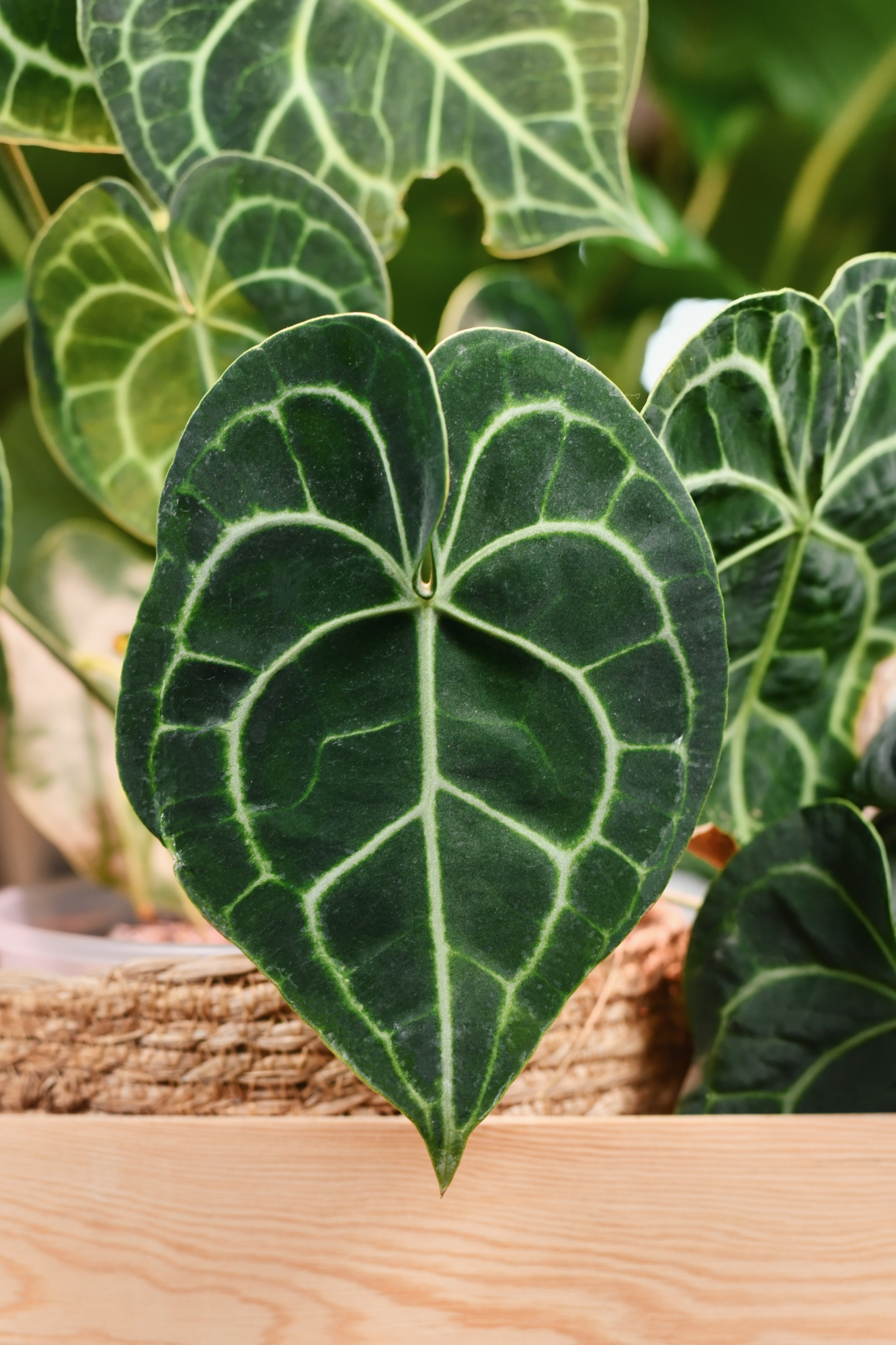
Care of the Anthurium
The ideal place in the house for your flamingo plant
An Anthurium likes bright , indirect light and a warm and humid environment . An ideal place for an Anthurium is therefore a window in the north, east or west, where the plant receives some light, but is not exposed to direct sunlight.
If the plant is placed in a place where it is too dark, the flowering may decrease and the green color less intense. Make sure that the plant is not in a drafty place , because the plant cannot tolerate that. The leaves of the plant may then droop.
Feed Anthurium
Because the flowers of the flamingo plant bloom all year round, you can feed the plant in summer and winter . From early spring to the end of summer you can fertilize the plant once every 2 weeks with half a dose. In autumn and winter the plant is less active and once a month is sufficient.
Care products for you Anthurium: Care & tips
-
Organic houseplant food
 Organic houseplant food
Organic houseplant food- Normal price
-
€17,84 - Discount price
-
€17,84
Quick view
-
Organic potting soil - 5 liters
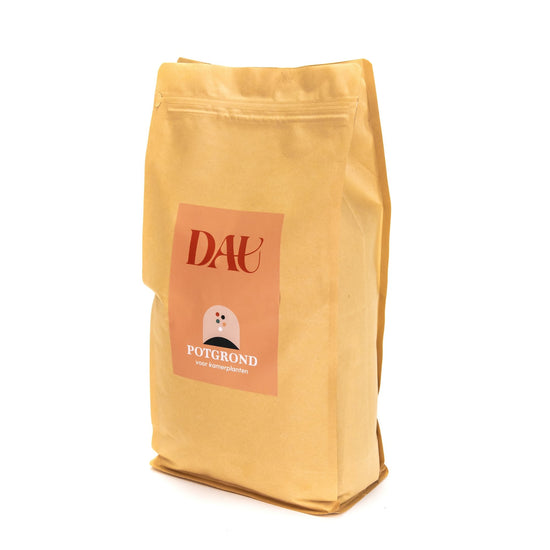 Organic potting soil - 5 liters
Organic potting soil - 5 liters- Normal price
-
€5,94 - Discount price
-
€5,94
Quick view

Watering Anthurium
In general, the Anthurium likes a moist, but not soggy soil . Allow the top layer of soil to dry slightly before watering again. Too much water can lead to root rot and damage the plant. In the summer the Anthurium needs water about once a week . In winter the plant will require less water.
How often and how much water you should provide depends on various factors: the size of the plant, the placement of the plant, etc.
Always check with your finger whether the top soil has dried properly.
Don't just give your Anthurium tap water. They prefer soft water at room temperature and are sensitive to minerals and salts in hard water. Preferably use rainwater or let your tap water stand for a day first.

Anthurium cuttings
You can take cuttings from flamingo plants relatively easily .
- Select a healthy and strong mother plant with at least one healthy stem and leaf.
- Cut this stem from the mother plant with a sharp and clean knife. Make sure the stem has at least one leaf and is about 10-15 cm long.
- Place the stem in a pot with moist cutting soil. Press the soil gently and make sure that the cutting is about 2/3 of the length of the stem in the ground.
- Cover the pot and cutting with plastic wrap to create a moist environment and protect the cutting from too much light. Make small holes in the foil to allow for ventilation.
- Place the jar in a warm and bright place, but avoid direct sunlight. Keep the soil moist, but not too wet.
- The cutting should root after about 4-6 weeks. You can check this by gently pulling on the stem. If he resists, it means roots are growing.
- Remove the plastic wrap and repot the cutting to a larger pot once the roots are well developed.
It may take some time for the cutting to develop into an adult plant. But with the right care and attention, the Anthurium can grow into a beautiful , healthy plant .

Repotting Anthurium
Flamingo plants can grow out of their pot quickly. That's why it's best to repot them every few years , otherwise the roots won't have enough room to grow.
- Choose a new pot that is at least 2-3 cm larger than the current pot. Make sure the new pot has drainage holes and is suitable for the size of the plant.
- Clean the new pot and place a layer of drainage or hydro granules on the bottom.
- Carefully loosen the root ball of the plant and remove the plant from the old pot.
- Gently shake off the old soil from the roots and inspect the roots for disease or damage.
- Cut off any rotten or damaged roots with a clean, sharp knife.
- Place the plant in the new pot and fill the space around the roots with fresh potting soil. Press the soil gently to avoid air voids.
- Water the plant and let the excess water drain through the drainage holes.
- Place the plant in a bright spot, but avoid direct sunlight.
It is important to keep a close eye on the plant for a few weeks after repotting and to ensure there is sufficient water and light . After repotting, the plant may need to adapt and growth may temporarily slow down. With the right care, the plant will quickly recover and continue growing.

Pruning Anthurium
Pruning an Anthurium is not always necessary , but it can help keep the plant healthy and beautiful.
- Remove old and damaged leaves so that the plant can focus on growing new and healthy leaves.
- Remove dead flowers.
- Flamingo plants can form suckers that grow from the ground and can weaken the plant. It is better to cut them off so that the plant can focus its energy on the main stem.
Important : do not cut the plant too short to avoid root rot.
Typical Anthurium problems
Is a flamingo plant poisonous to pets?
Yes, Anthuriums are poisonous to people and pets. The plant contains calcium oxalate crystals, which when ingested can cause irritation and pain in the mouth, throat and digestive system. If ingested severely, it can lead to breathing problems and swelling of the throat. The sap of the plant can also cause skin irritation when in contact with the skin.
It is therefore important to take care when handling and caring for an Anthurium and ensure that it is kept out of reach of children and pets. If ingestion has occurred, it is advisable to contact a doctor or veterinarian immediately and take the plant label with you for faster diagnosis and treatment.
Our most popular houseplants!
-
Maranta leuconeura 'Tricolor' | Prayer plant
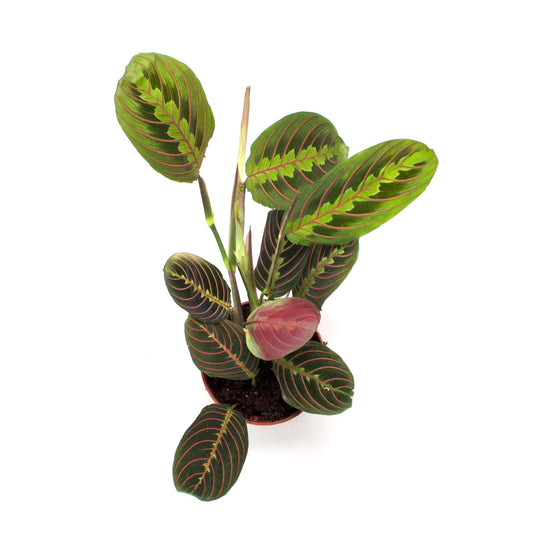 Maranta leuconeura 'Tricolor' | Prayer plant
Maranta leuconeura 'Tricolor' | Prayer plant- Normal price
-
€9,91 - Discount price
-
€9,91
Quick view
-
Alocasia reginula 'Black Velvet' | Elephant ear
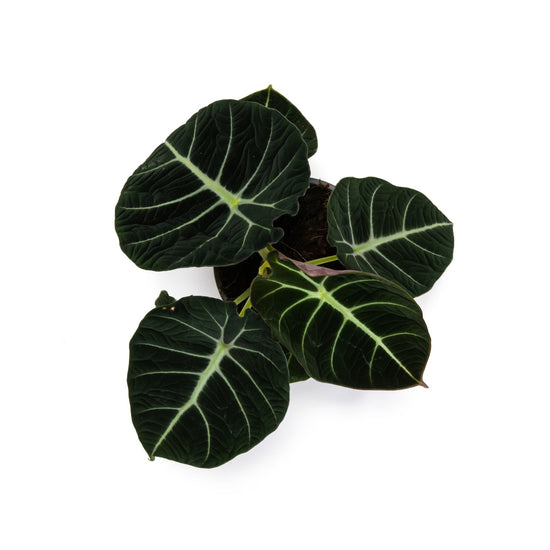 Alocasia reginula 'Black Velvet' | Elephant ear
Alocasia reginula 'Black Velvet' | Elephant ear- Normal price
-
€11,89 - Normal price
-
€14,87 - Discount price
-
€11,89
Quick view
-
Peperomia argyreia | Watermelon Peperomia
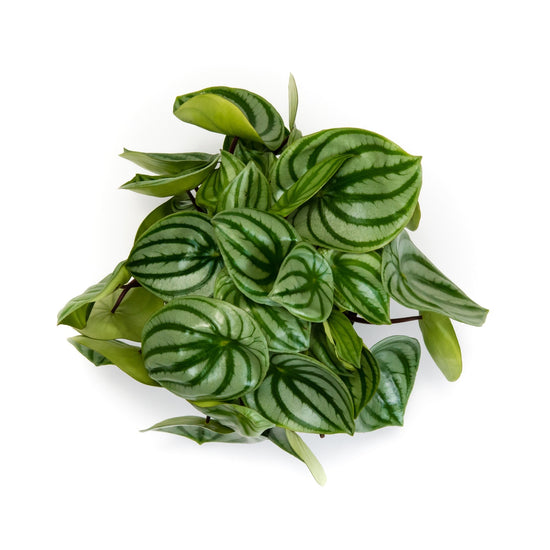 Peperomia argyreia | Watermelon Peperomia
Peperomia argyreia | Watermelon Peperomia- Normal price
-
€13,87 - Discount price
-
€13,87
Quick view
-
Zamioculcas zamiifolia | ZZ plant
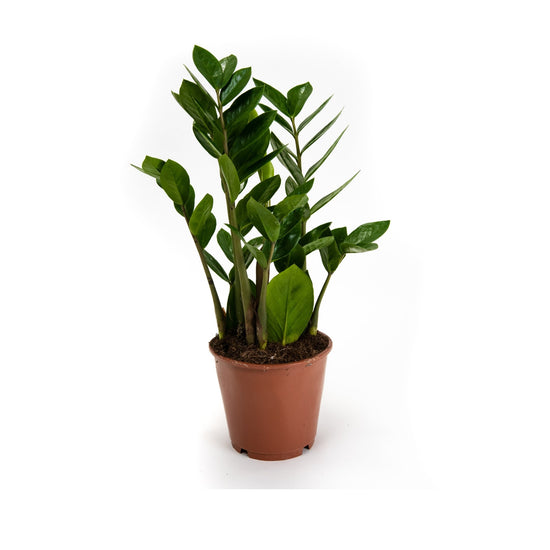 Zamioculcas zamiifolia | ZZ plant
Zamioculcas zamiifolia | ZZ plant- Normal price
-
€14,87 - Discount price
-
€14,87
Quick view







